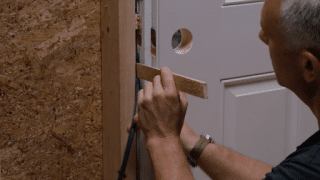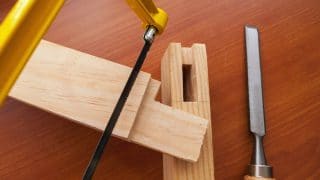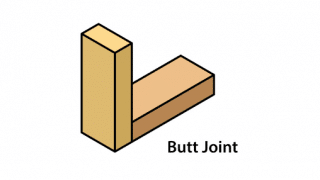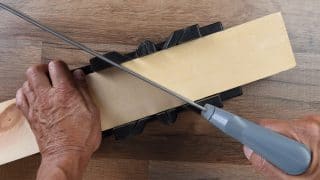Face Frame vs. Frameless Cabinets: Which Is Right for Your Cabinet Build?
Mar 04, 2021
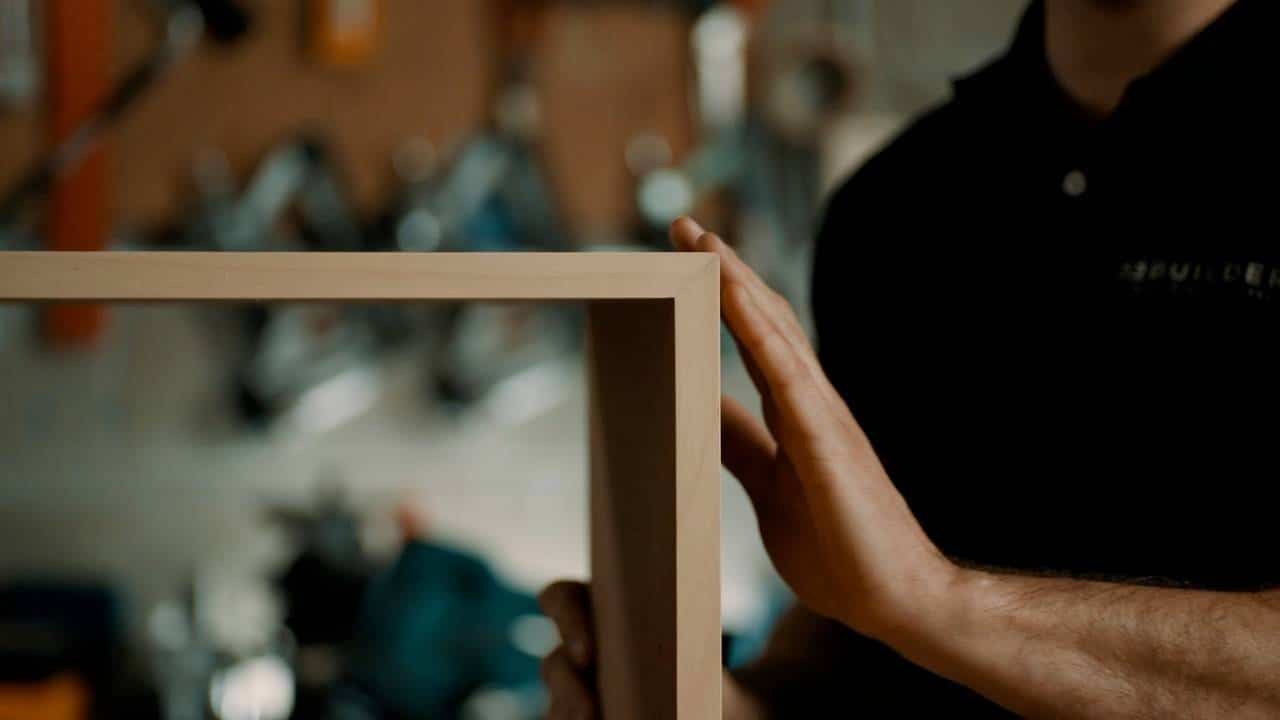
There are two main categories of cabinet construction—face frame (or simply “framed”) and frameless. Both are functional construction methods with different advantages, so the choice is largely about what works for you.
Face frame cabinets are built with a frame on the front of the cabinet where the cabinet doors will rest. Frameless cabinets are built without a frame so that when you look at the face of a frameless cabinet build, you will simply see the edges of the cabinet box.
What is a face framed cabinet?
Face frame cabinets do exactly that—they provide a frame for the face of the cabinet where all of the doors will attach and rest when they are closed. They are constructed with a frame that is attached to the front of the cabinet box and looks like a picture frame around the cabinet opening. There may also be a center stile running through the cabinet box so that when both the left and right doors are closed, there is no gap between them.
Face frame cabinet construction is more common with American cabinet manufacturers and is a more traditional style choice. They are endlessly adaptable to different door styles and are a classic and durable choice.
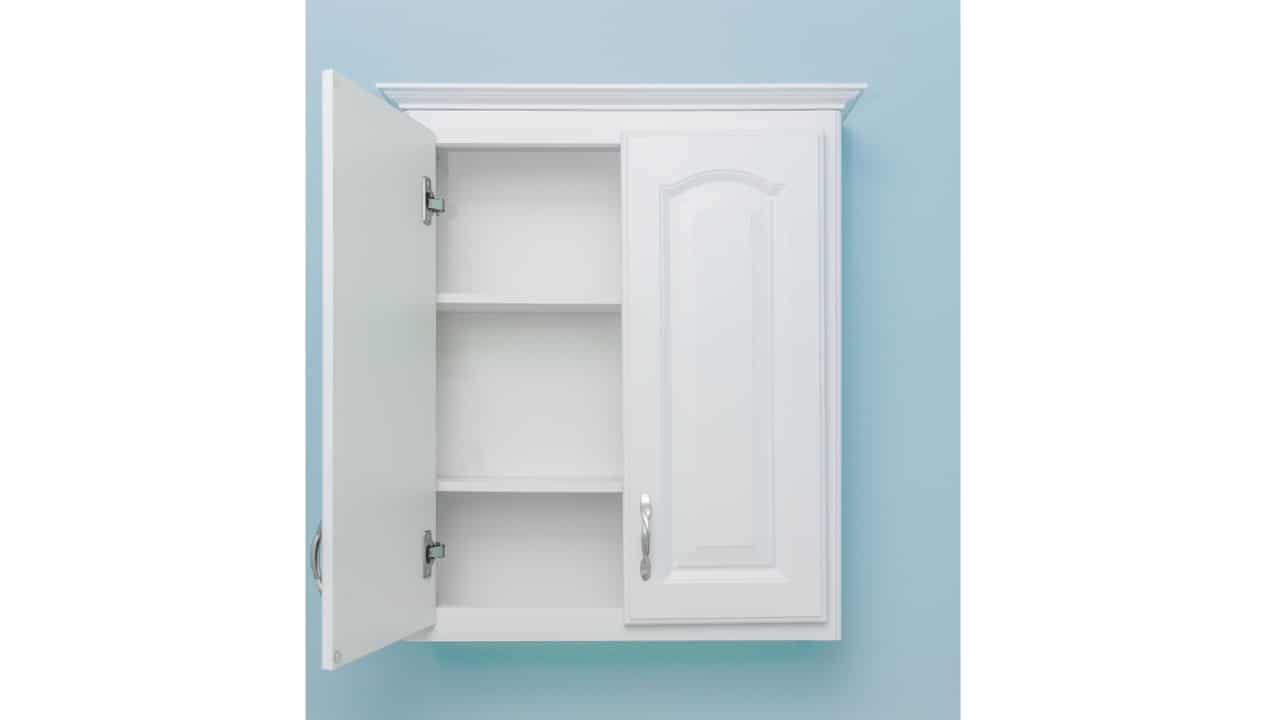
Advantages of face frame cabinets:
- Frame makes for a stronger cabinet—good for heavy items
- Adaptable to all door overlay types
- More wiggle room in installation—good for walls that are not perfectly square
Disadvantages of face frame cabinets:
- Less access to the interior than frameless because of the center stile and frame overhang
- Less storage space than frameless because of the frame overhang
What is a frameless cabinet?
Frameless cabinets are constructed in a box shape without the addition of a frame on the face of the cabinet. They are easier and quicker to build because you do not have to build the face frames—plus, no special pocket hole screws needed.
Frameless cabinet construction has a modern, European look compared to the traditional look of face frame cabinets. They can seamlessly blend into a room and are ideal for modern and contemporary home designs.
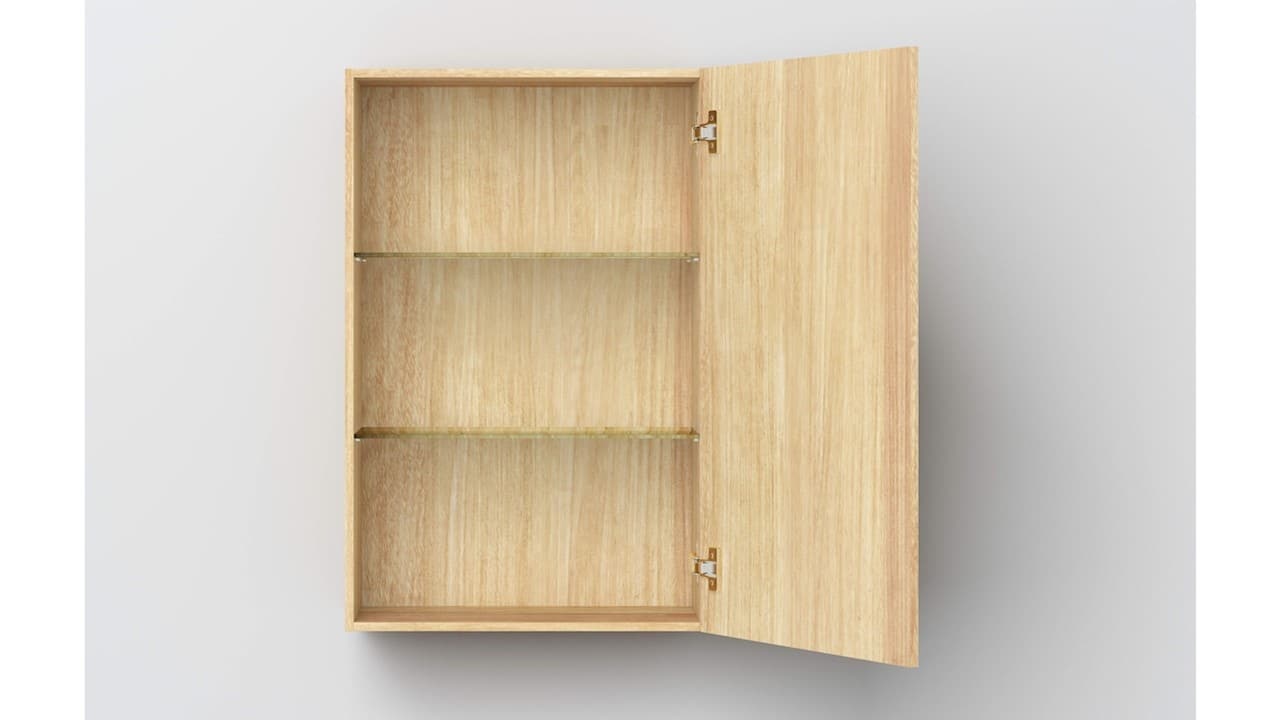
- Allow for maximum access to the inside of the cabinet
- Allow for maximum storage space
- Easy to install internal shelving
Disadvantages of frameless cabinets:
There are two main categories of cabinet construction—face frame (or simply “framed”) and frameless. Both are functional construction methods with different advantages, so the choice is largely about what works for you.
Face frame cabinets are built with a frame on the front of the cabinet where the cabinet doors will rest. Frameless cabinets are built without a frame so that when you look at the face of a frameless cabinet build, you will simply see the edges of the cabinet box.
What is a face framed cabinet?
Face frame cabinets do exactly that—they provide a frame for the face of the cabinet where all of the doors will attach and rest when they are closed. They are constructed with a frame that is attached to the front of the cabinet box and looks like a picture frame around the cabinet opening. There may also be a center stile running through the cabinet box so that when both the left and right doors are closed, there is no gap between them.
Face frame cabinet construction is more common with American cabinet manufacturers and is a more traditional style choice. They are endlessly adaptable to different door styles and are a classic and durable choice.

Advantages of face frame cabinets:
- Frame makes for a stronger cabinet—good for heavy items
- Adaptable to all door overlay types
- More wiggle room in installation—good for walls that are not perfectly square
Disadvantages of face frame cabinets:
- Less access to the interior than frameless because of the center stile and frame overhang
- Less storage space than frameless because of the frame overhang
What is a frameless cabinet?
Frameless cabinets are constructed in a box shape without the addition of a frame on the face of the cabinet. They are easier and quicker to build because you do not have to build the face frames—plus, no special pocket hole screws needed.
Frameless cabinet construction has a modern, European look compared to the traditional look of face frame cabinets. They can seamlessly blend into a room and are ideal for modern and contemporary home designs.

- Allow for maximum access to the inside of the cabinet
- Allow for maximum storage space
- Easy to install internal shelving
Disadvantages of frameless cabinets:
- Less forgiving in installation
How to choose the right type of cabinet construction
Choosing between face framed and frameless cabinets is largely about how you want your cabinets to look. As with choosing your cabinetry hardware and door overlay type, consider the overall style of your home when you’re choosing what type of cabinet construction is right for you.
Style
Face frame cabinets are considered to be a more traditional style but they are also adaptable to many different home styles and can accept almost any door and drawer front. The door and hinge type go a long way in defining the style direction of face frame cabinets. Frameless cabinets are the sleek, modern choice. Typically the hinges are hidden and there is no space between the doors and the frame which creates a super clean look.
Doors
The door style for frameless cabinetry is simple and sleek. They typically take full overlay doors, and that full overlay contributes to the modern look of frameless. Face framed cabinetry works with all three door overlay types so if you want more options for door types, go with face framed.
Storage
Although the difference in storage space between face frame and frameless cabinets is minimal, frameless cabinets offer slightly more space because there is no face frame overhang that takes up cabinet space.
Hardware
Concealed European style hinges are the most common for frameless cabinetry but any type will work. Any hinge type will work for face frame as well—try a visible hinge for an even more traditional American cabinet style.
Accessibility
Frameless cabinets offer full access to the interior of the cabinet without any obstructions which can be handy for storing large appliances. Sometimes, the center stile and face frame overhang of face frame cabinets can block access to the interior and are better for smaller items.
MT Copeland offers video-based online classes that give you a foundation in construction fundamentals with real-world applications, like building cabinets. Classes include professionally produced videos taught by practicing craftspeople, and supplementary downloads like quizzes, blueprints, and other materials to help you master the skills.


